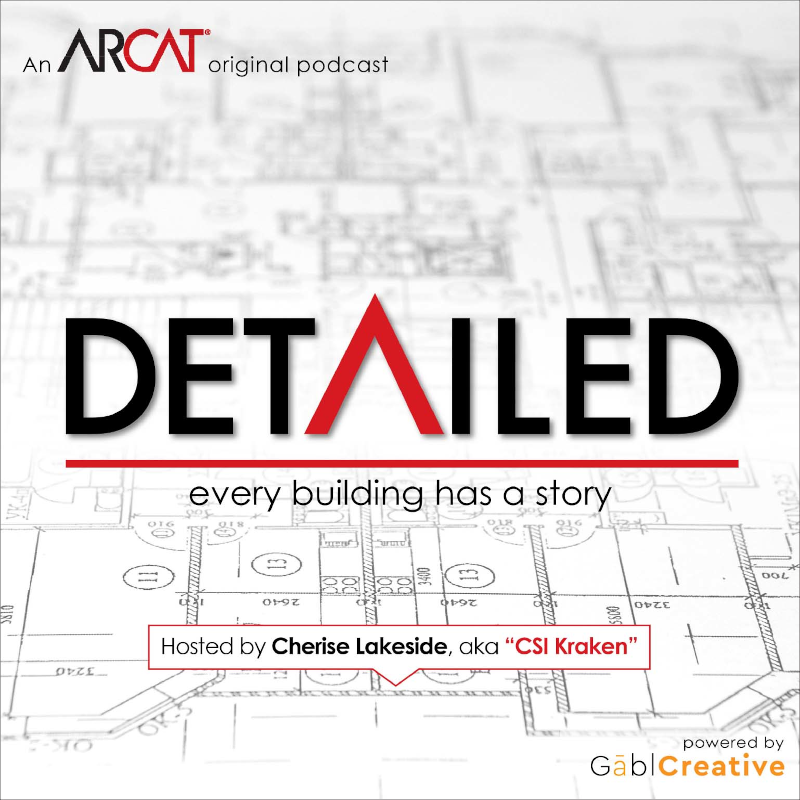|
Contributed by David Stutzman Design and construction projects require an enormous number of participants to complete each facility. The basic teams include owners, architects, contractors, and suppliers. The lines of communication are well defined, especially after the construction contract is executed. But how are the teams collaborating before the contract is signed?
In no particular order… Architect-Owner The relationship between the owner and architect is well defined by the agreement for the design services. According to AIA agreement Document B101, the owner and architect share information at each design phase. The owner provides the project program and budget. The architect reviews the information and advises the owner if there are any concerns before the design is started. They discuss alternatives for the design approach and for the construction project delivery method. The communication is nearly continuous as the design is refined and solidified while progressing to the completion of the construction documents. Contractor When the owner retains a contractor or construction manager for preconstruction services, the architect communicates with the contractor about cost, schedule, and constructability. When the architect and contractor are collaborating during design phases, the owner can have greater confidence that the ultimate design will meet the owner’s budget and schedule. Supplier Product representatives, whether manufacturer’s direct employees or independent representatives, will meet with the architect team, including the specifier, to advise about the use of specific products for particular applications. The discussion is particularly valuable to resolve unusual conditions, to verify the product performance will meet the owner’s project requirements, and to understand the product cost implications created by the design decisions. Specifier The specifier typically begins by challenging the architect – asking many questions to determine the design intent and confirm project systems, assemblies, products, and materials. The Q&A process becomes a dialog to ensure all aspects of the project will be specified correctly so the owner realizes the quality expected in the completed facility. The specifier may recommend alternative systems and products that offer advantages to the project. And the specifier will connect the architect to suppliers, subcontractors, and other resources needed to solve particular design problems. The architect and specifier discuss alternatives to determine the optimal design solutions for each application. Subcontractor Subcontractors provide invaluable real-world experience, with both product and installation. They can advise architects and specifiers about the practicality of construction details, installation sequencing, system costs, and product availability through local distribution channels. The owner may engage subcontractors during design to provide design assist services to develop project specific details and shop drawings before design is complete. Unlike suppliers who typically furnish product prices only, subcontractors can provide installed system costs that reflect the expected project complexity. Availability can be a significant issue, especially for short duration projects and just-in-time manufacturing. When architects select the perfect product that is not available in time, project completion may be delayed. Collaboration Traditionally, the subcontractor is rarely given an opportunity to contribute during the design process, except as part of a design assist process. The architect team, including specifiers, tends to rely on suppliers for product and system information. Suppliers are rarely responsible for complete systems, while subcontractors always are responsible for complete systems. Be sure to include subcontractors in the process. Each team and every team member has a contribution to make. The best design responses will take advantage of experience and expertise that is readily available. Together, through active collaboration before the construction contract is signed, the teams can help ensure the owner’s project requirements will be met when construction is complete. (Editor's note: This blog post, along with numerous others, appeared originally on the Conspectus website. You can view an archive of Conspectus' posts here.)
3 Comments
Evan Adams
6/20/2017 03:18:59 pm
Would love a post from Erik on when the Supplyer and Subcontractor come together. I call this a manufacturing partner. Both he and I do that and I think that it provides such a better way to deliver on specialty products / services. We rep it to the owner/AED yet we are also responsible for the finished product. This means less finger pointing should something go wrong and many more opportunities to fix issues before they ever arise.
Reply
6/20/2017 08:20:28 pm
I may be a bit biased, however after working my community on several large projects, integrating the code officials (building, fire, plumbing planning...) as part of the project team?
Reply
6/21/2017 02:55:18 am
Thanks for your hard work. Nice information and very much appreciated.
Reply
Leave a Reply. |
AboutLet's Fix Construction is an avenue to offer creative solutions, separate myths from facts and erase misconceptions about the architecture, engineering and construction (AEC) industry. Check out Cherise's latest podcast
Get blog post notifications hereArchives
March 2022
Categories
All
|


 RSS Feed
RSS Feed
